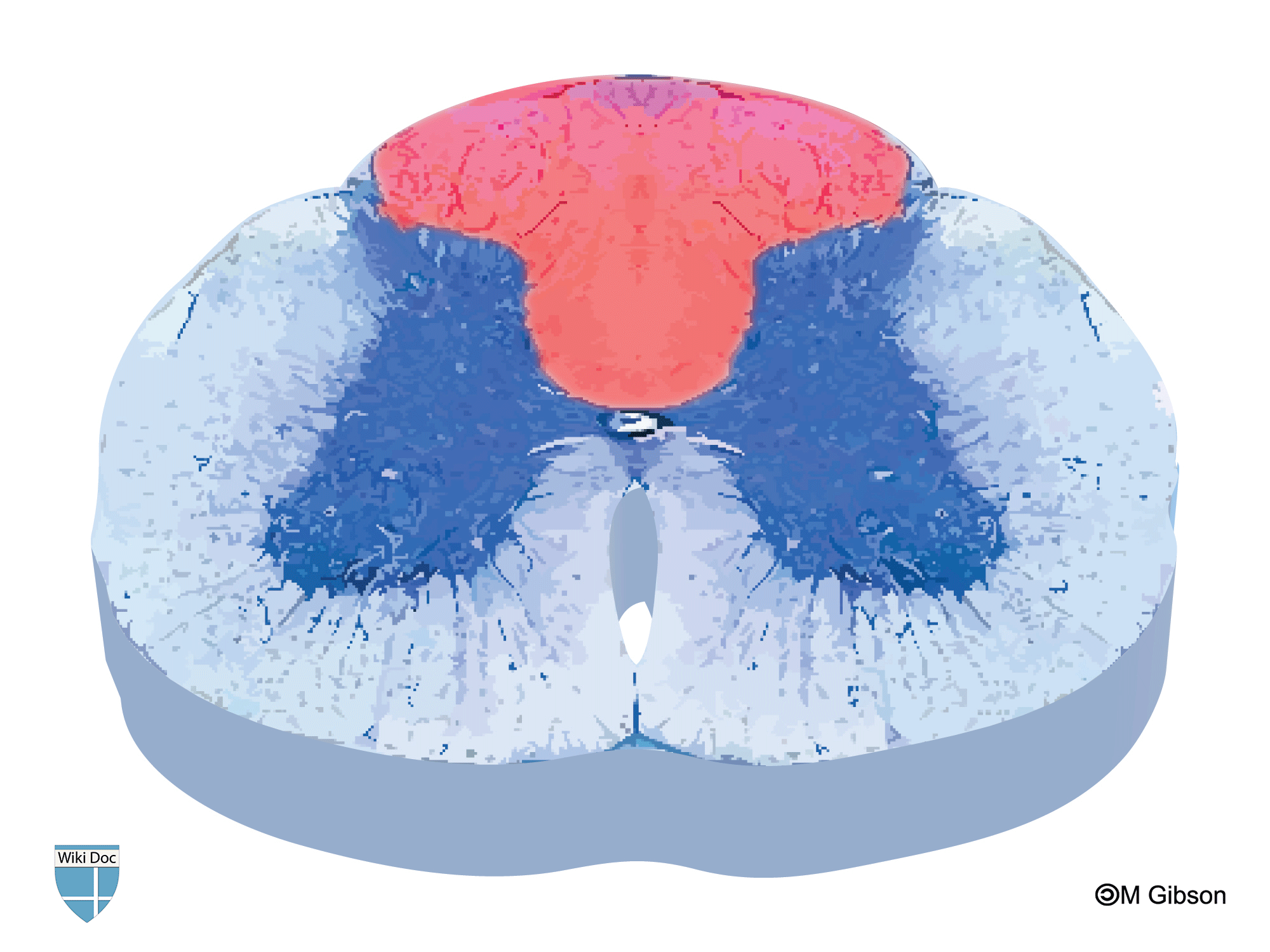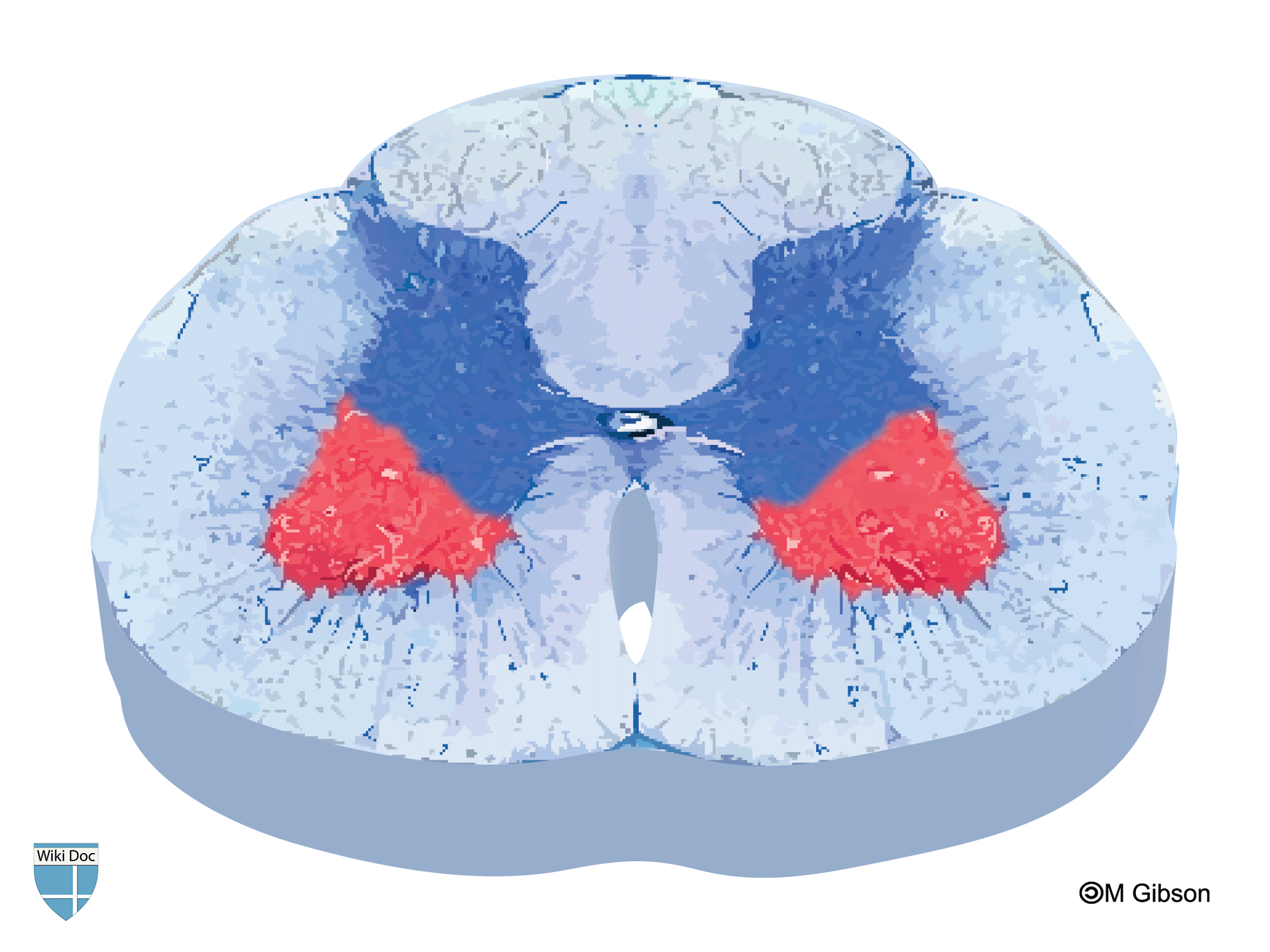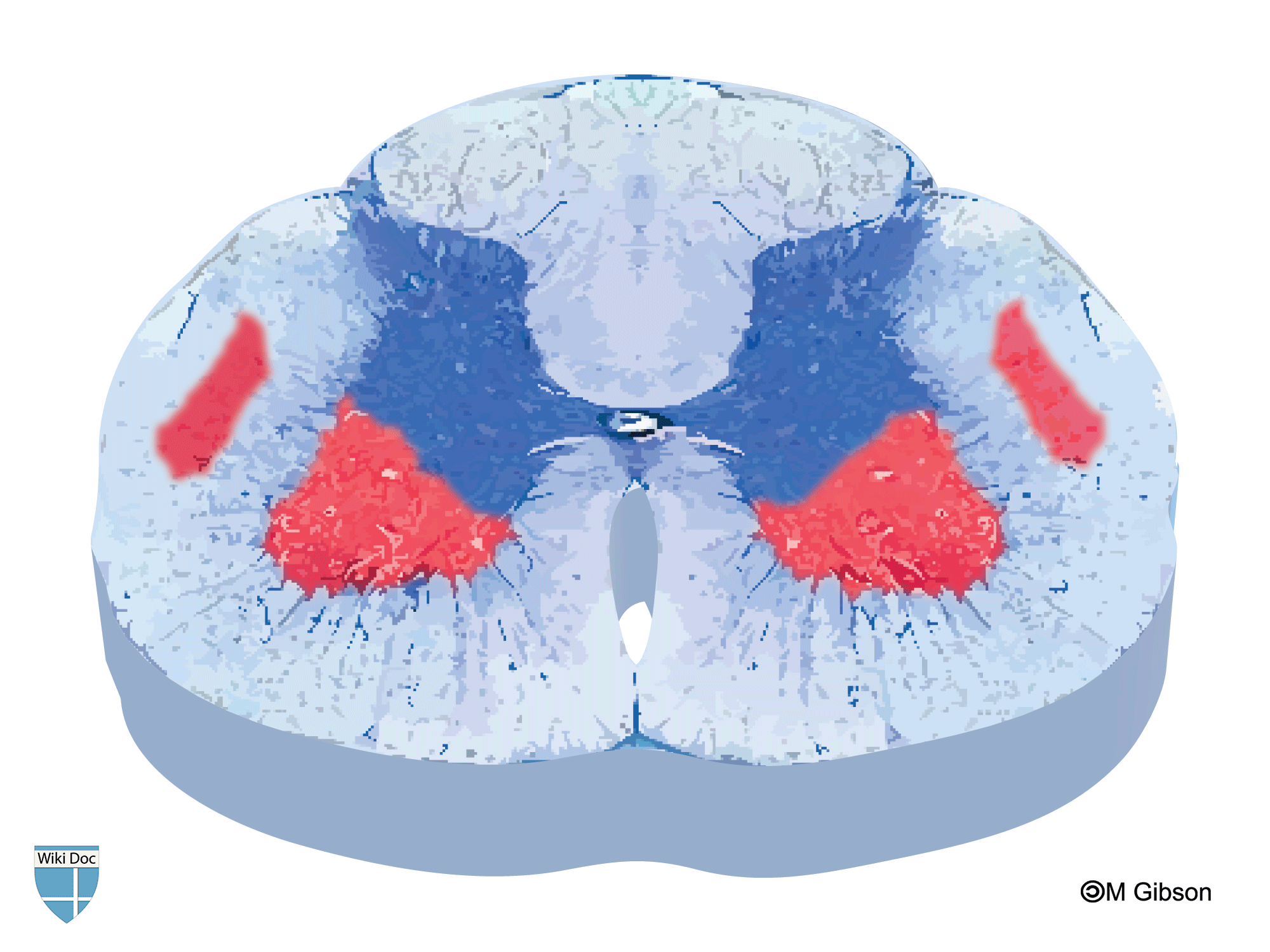WBR0570
| Author | [[PageAuthor::Synonyms and keywords: (Reviewed by Yazan Daaboul, M.D.)]] |
|---|---|
| Exam Type | ExamType::USMLE Step 1 |
| Main Category | MainCategory::Pathophysiology |
| Sub Category | SubCategory::Neurology |
| Prompt | [[Prompt::A previously healthy 7-year-old boy is brought by his mother for worsening limping since for the past 2 days. The mother reports that her child has also been having fever, headaches, and vomiting for the last week. The child reports muscle pain in his legs and arms; and he says “I feel my legs are heavy”. The mother informs the physician that the family has recently emigrated from Nigeria less than a month ago. Neurological physical examination reveals muscle weakness more pronounced in the lower extremities than in the upper extremities, absent reflexes in the legs bilaterally, in addition to fasciculations noted in the left thigh. Sensory neurological exam is unremarkable in the upper and lower extremities. A neurological lesion in the spinal cord is suspected. Which of the below listed spinal cord images (lesions depicted in red) represent the site of the neurological lesion in this child?]] |
| Answer A | [[AnswerA:: ]] ]]
|
| Answer A Explanation | [[AnswerAExp::This image illustrates a lesion in the central cord depicting syringomyelia. Poliomyelitis is not associated with lesions in the central cord.]] |
| Answer B | [[AnswerB:: ]] ]]
|
| Answer B Explanation | [[AnswerBExp::This image depicts asymmetric lesions in the white matter, which is characteristic of multiple sclerosis. Poliomyelitis is not associated with asymmetric lesions in the white matter.]] |
| Answer C | [[AnswerC:: ]] ]]
|
| Answer C Explanation | AnswerCExp::This image depicts lesions in the dorsal columns which may be found in vitamin B12 deficiency. Poliomyelitis is characterized by lesions in the anterior horn. |
| Answer D | [[AnswerD:: ]] ]]
|
| Answer D Explanation | [[AnswerDExp::This image depicts lesions in the anterior horn of the spinal cord which is characteristics of poliomyelitis.]] |
| Answer E | [[AnswerE:: ]] ]]
|
| Answer E Explanation | [[AnswerEExp::This image depicts lesions in the white matter and grey matter. This pattern of lesions is found in ALS which presents with upper motor neurons and lower motor neurons symptoms. Lesions involving both the white matter and grey matter is not characteristic of poliomyelitis.]] |
| Right Answer | RightAnswer::D |
| Explanation | [[Explanation::The child is presenting for acute limping following a prodromal week of fever, headache, and vomiting. The findings of muscle weakness, fasciculation, and absent reflexes are consistent with lower motor neuron (LMN) symptoms. Given the clinical history, physical exam findings, and history of emigration from Nigeria, the most likely diagnosis is poliomyelitis. Poliomyelitis is a condition caused by a water and foodborne infection with poliovirus. Polio has been almost 99% irradiated in the world except in Nigeria, Pakistan and Afghanistan. Polio can be asymptomatic or can have a subclinical presentation that may or not involve the central nervous system. The involvement of the spinal cord is usually at the level of the anterior horns leading to lower motor neuron symptoms. Educational Objective: Poliomyelitis causes lesions in the anterior horn of the spinal cord. |
| Approved | Approved::Yes |
| Keyword | WBRKeyword::Spinal cord, WBRKeyword::Polio, WBRKeyword::Poliomyelitis |
| Linked Question | Linked:: |
| Order in Linked Questions | LinkedOrder:: |